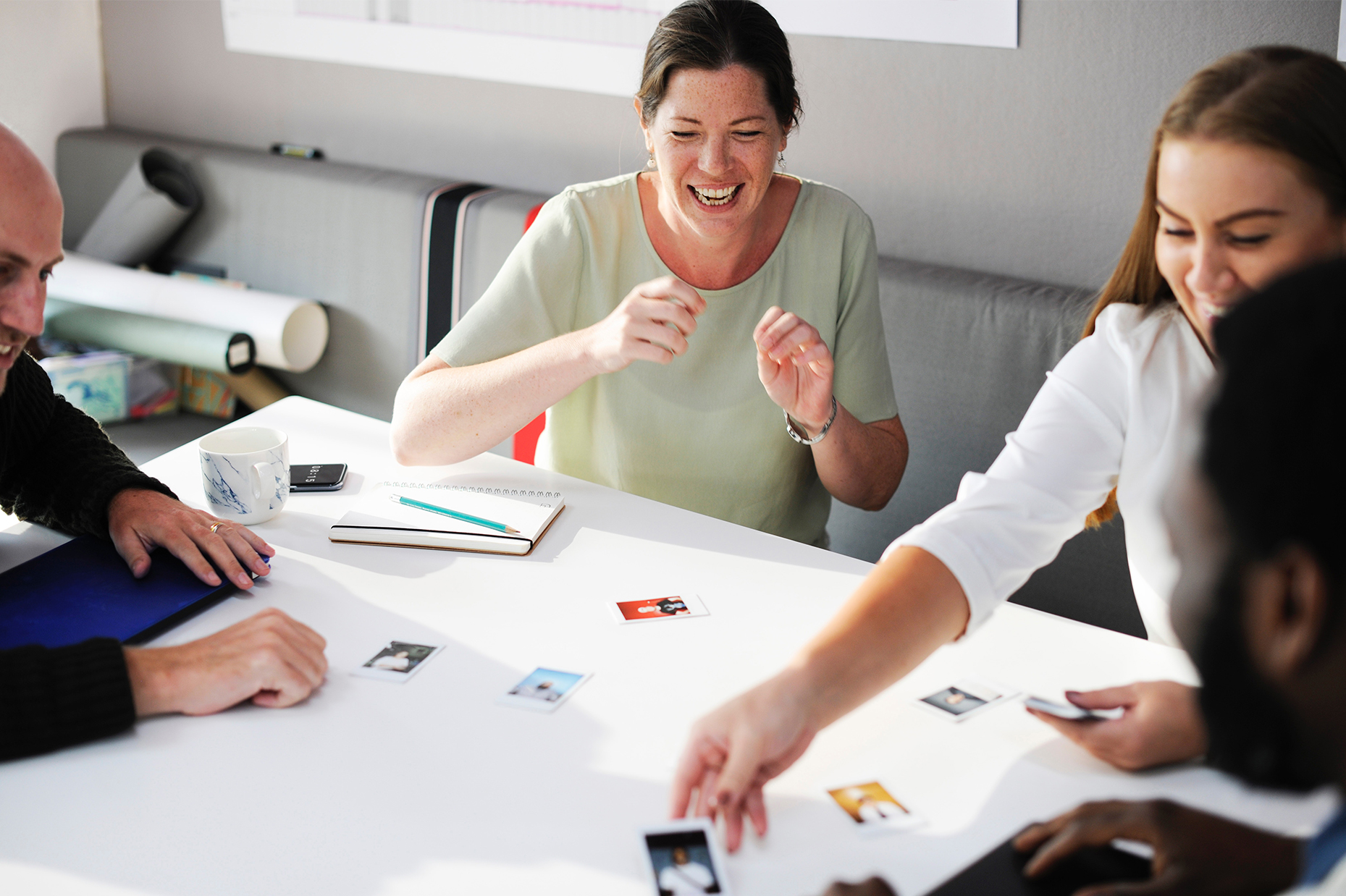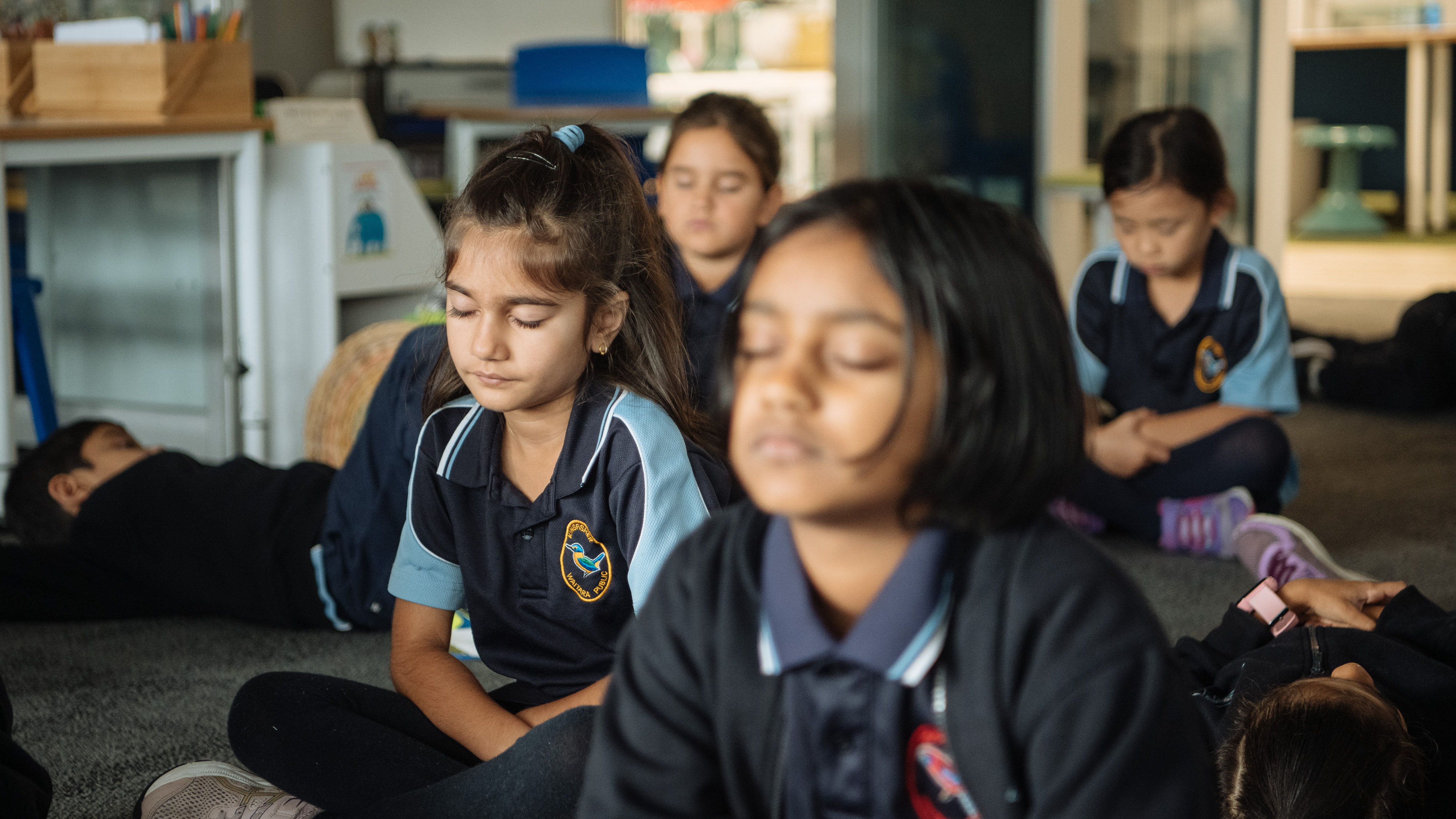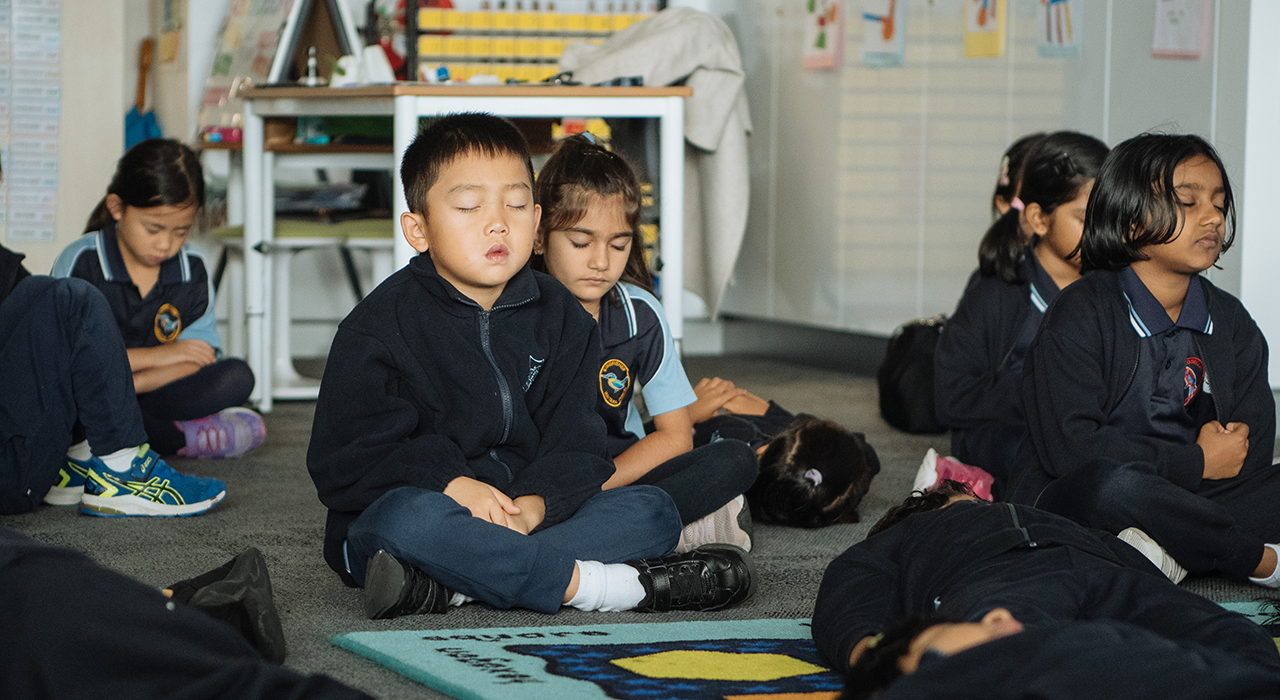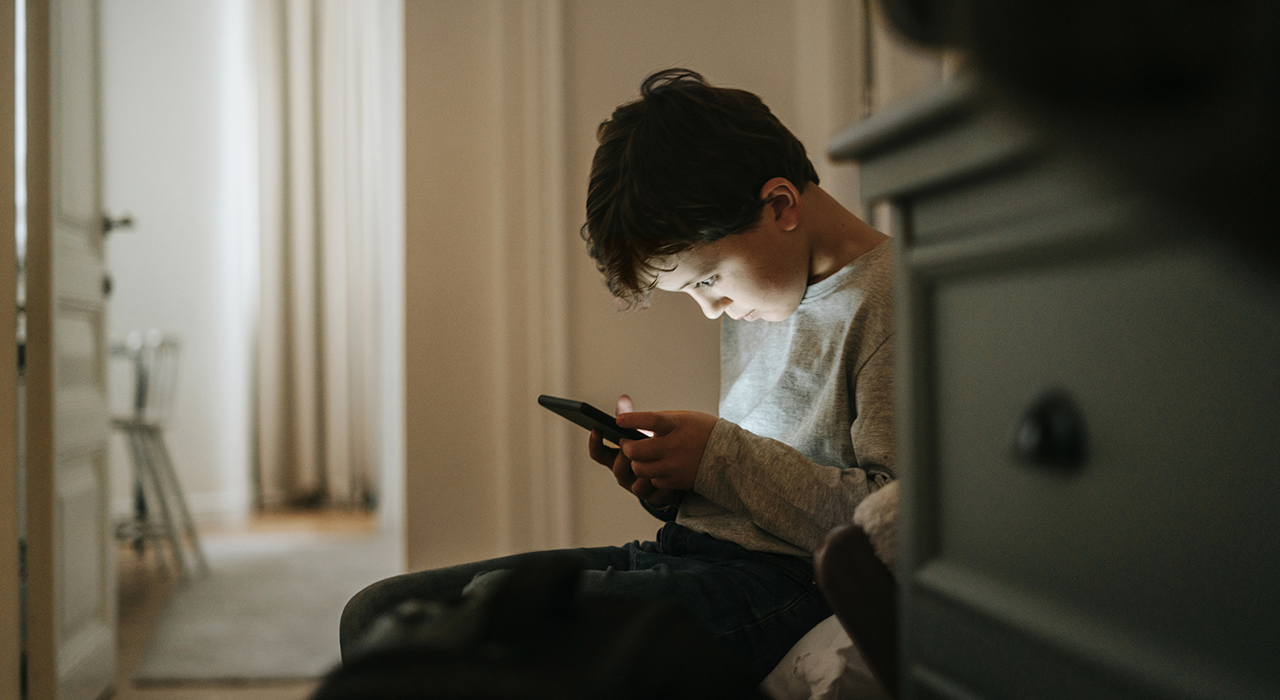and other unhelpful thinking patterns that can get in the way of your mindfulness practice
Many of us have ingrained habitual thinking patterns that don’t always serve us so well. What’s more, we’re usually not aware of these patterns and tend to automatically believe the thoughts they generate. This can lead to frustration and giving up on things even when we value them and know that they’ll benefit us. Below we take a look at some common habitual thinking patterns that can get in the way of establishing a mindfulness practice.
Mindfulness itself helps us become more aware of our thoughts and unhelpful thinking patterns. As you consider which ones may show up for you see if you can cultivate the attitudes of mindfulness – kindness, curiosity and non-judgement – as you contemplate how you might manage them using the suggestions below.
![]()
All-or-Nothing Thinking and Jumping to Conclusions
‘All-or-nothing thinking’ is the tendency to view things in black or white categories such as ‘good or bad’, ‘right or wrong’, ‘pleasant or unpleasant’; while ‘jumping to conclusions’ is the tendency to draw conclusions (usually negative) without really knowing if they’re accurate. Some examples of the ways in which these particular thinking patterns may come up in your mindfulness practice include:
- “I’m terrible at mindfulness”
- “I need to master mindfulness in order to make it worthwhile”
- “I missed one meditation so I may as well give up now”
- “I feel bored/sleepy/restless when I meditate so it doesn’t work’”
‘All-or-nothing thinking’ and ‘jumping to conclusions’ tend to be quite extreme and can result in giving up easily and losing confidence. This is because we give ourselves limited options. We’ve either mastered mindfulness or we’re failing at it. Or perhaps we’re falling into the trap of believing some of the misconceptions about mindfulness. There’s no in-between; no curiosity or kindness; no room to learn and grow.
When you notice ‘all-or-nothing thinking’ and ‘jumping to conclusions’ popping up, try asking yourself the following questions:
- “Am I being inflexible or rigid in my thinking?”
- “Is there a middle ground that I haven’t considered?”
- “Is there a less extreme way I can think about this?”
- “What would I say to a friend?”
- “Am I sure that the conclusion I’m coming to is accurate?”
Mental Filtering
This type of habitual thinking involves ignoring the positive aspects of a situation and focusing solely on the negatives. We filter out the positives leaving only the negatives in our awareness. This happens as a result of the ‘negativity bias’, a survival mechanism that’s hardwired into the human brain. As a species we needed to pay closer attention to threats in order to survive. As psychologist Dr Rick Hanson says, the brain is like velcro for negatives and teflon for positives. While this doesn’t serve us so well now, the good news is that we can take steps to balance this out by making a conscious effort to pay closer attention to, and take in, the positives.
Mental filtering might show up in your mindfulness practice if, for example, you find yourself focusing solely on the
fact that during your practice your mind felt particularly busy and distracted; that you felt bored or sleepy; that you came into contact with uncomfortable emotions. Maybe you’ve filtered out the positive aspects of your practice - that you showed up and did it even though maybe you didn’t feel like it; that you also experienced moments of calm and focus; that you felt more energised and clearer afterwards.
Notice if you have a tendency to focus solely on the challenging aspects of your mindfulness practice and see if you can balance this out by taking note of the positives. This is not false positive thinking. Rather, it’s making the effort to notice and take in the positives that already exist.
![]()
Should-ing and Shouldn’t-ing
Should-ing and shouldn’t-ing is habitual thinking where you tell yourself that you have an obligation to be doing something different to what you are doing. Or that your experience ought to be different to what it is. It usually feels punitive and self-critical. Common ‘shoulds’ and ‘shouldn’ts’ in relation to mindfulness are:
- “I should meditate more”
- “I should be better at meditating by now”
- “I shouldn’t feel bored, sleepy or restless during meditation”
- “I should be able to quieten my mind”
- “I shouldn’t get so distracted when I meditate”
Whatever the specific ‘shoulds’ and ‘shouldn’ts’ that pop up for you, they all add up to the same thing - that you should be better. If you notice ‘shoulds’ and ‘shouldn’ts’ coming up in relation to your mindfulness practice we suggest checking to make sure that they’re not playing into some of the myths and misconceptions about mindfulness. Remember, we can’t switch off our thoughts and meditation is not about perfection.
We encourage you to explore and experiment with your mindfulness practice; try the different practises and see which ones resonate most and that you most enjoy. If you are meditating because you enjoy it, rather than because you think you ‘should’, you are much more likely to integrate mindfulness into your life in a meaningful and sustainable way.









.jpg)





